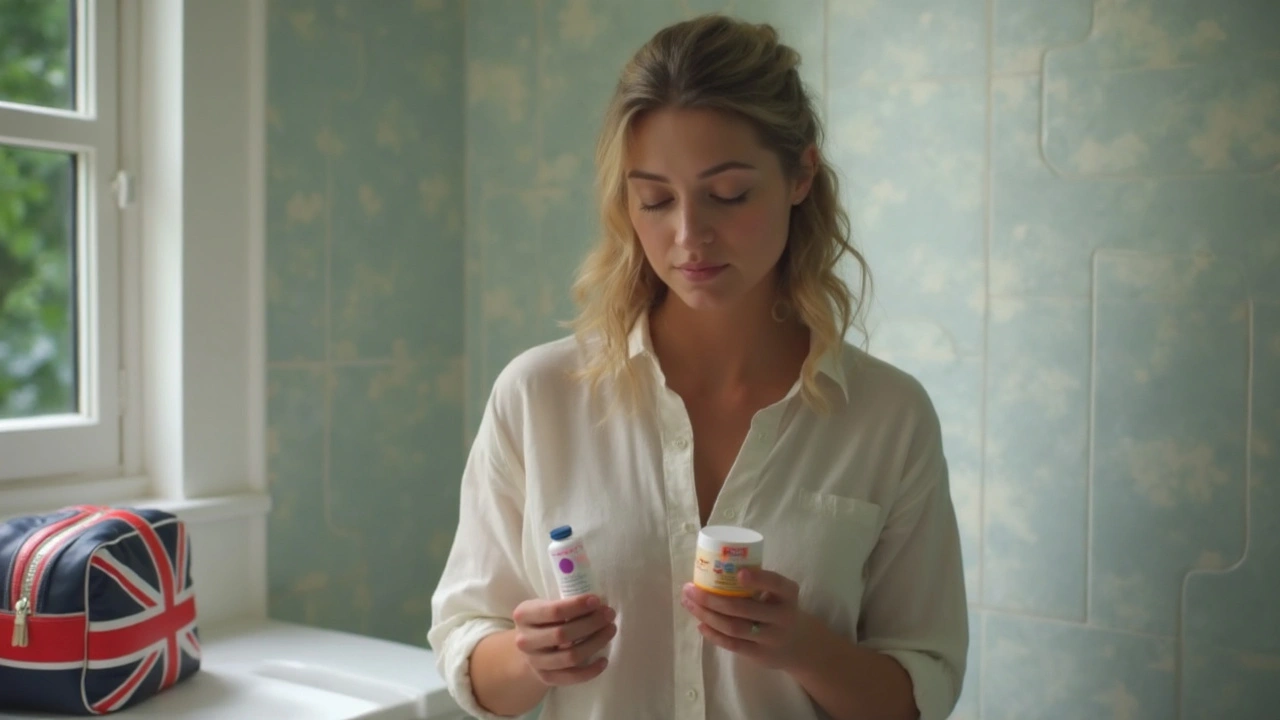Skin Lighteners: How They Work, Safe Choices & Practical Tips
If you’ve ever wondered why some creams can fade dark spots while others do nothing, you’re not alone. Skin lightening products are everywhere, but only a few actually deliver results without harming your skin. Below we break down the core ingredients, explain how they work, and give you a checklist to use them safely.
What’s Inside a Typical Skin‑Lightening Cream?
The most common trio you’ll see on ingredient lists is hydroquinone, tretinoin, and mometasone. Hydroquinone slows down melanin production, which is why it can lighten stubborn patches. Tretinoin, a form of vitamin A, speeds up cell turnover so the lighter skin appears faster. Mometasone is a mild steroid that reduces inflammation and helps the other two ingredients work without causing irritation.
Other popular additions include kojic acid (a natural mushroom extract), niacinamide (vitamin B3) for overall tone balance, and vitamin C for antioxidant protection. Each of these has a specific job—brightening, soothing, or protecting—but they’re most effective when paired correctly. Mixing the wrong strengths can lead to redness, peeling, or even permanent discoloration.
Using Lighteners Safely – Do’s and Don’ts
Do a patch test first. Apply a small amount on your jawline or inner arm and wait 24‑48 hours. If you see no burning or rash, you’re likely good to go.
Start with low concentrations. Over‑the‑counter formulas usually contain 2% hydroquinone; prescription versions can go up to 4%. Begin at the lower end and only increase if your dermatologist says it’s safe.
Limit use to once or twice a day. More isn’t better—excessive application speeds up side effects without improving results.
Protect your skin from sun. UV exposure can trigger melanin rebound, undoing all the work you’ve done. Use a broad‑spectrum SPF 30+ every morning and reapply throughout the day.
Avoid mixing with harsh acids. Products containing high concentrations of glycolic or salicylic acid can irritate when used alongside tretinoin or steroids. If you love exfoliation, keep it on alternate days.
Most dermatologists recommend a 3‑month cycle followed by a break. This gives your skin time to reset and reduces the risk of ochronosis—a darkening that sometimes occurs with long‑term hydroquinone use.
If you notice persistent redness, itching, or a burning sensation that doesn’t fade after a few days, stop using the product and consult a professional. Early intervention prevents permanent damage.
In short, skin lighteners can work wonders when you understand the chemistry and follow basic safety rules. Pick products with proven ingredients, test first, protect from sun, and keep the treatment period reasonable. Your brighter complexion will thank you for the smart approach.
Prescription vs OTC Skin Lighteners: Pros, Cons, and Safety Tips for Depigmenting Agents in 2025
Confused about skin lightening products? This long-read dives deep into how prescription and over-the-counter options stack up for skin lightening in 2025. Get the scoop on their pros, cons, safety tips—and how to avoid common pitfalls. Find user-friendly advice and the latest facts to help you make smart choices. No dry medical jargon or recycled soundbites—just practical wisdom you can actually use.
learn more